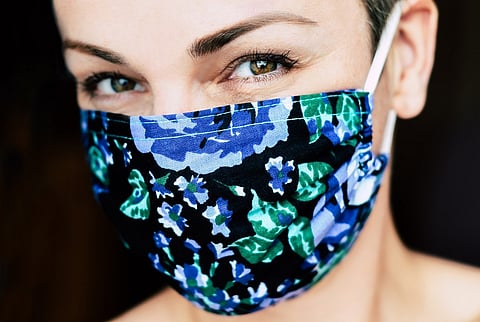What you need to know about face masks – Wall Street Journal
When the coronavirus epidemic began, the craft group that I belong to made over 100 face masks for an old age home in a disadvantaged area of Cape Town. We took simple rectangles and attached elastic and sent them off. Months later, I think of those masks and wish I could do them again. I have since done a lot of research into patterns for face masks, and have settled on one that rises over the nose and has a wire insert over the bridge of the nose. I use 100% cotton, lined with calico. We now have a pile of masks by the front door, for use by all members of the family on all occasions. (My 17-year-son insisted on black fabric and black elastic, of course.) This Wall Street Journal article goes over the basics again, for those late to the mask party. – Renee Moodie
How face masks work and which types offer the best Covid-19 protection
By Austen Hufford and Andrew Williams
Face masks are a simple way to help prevent the spread of the new coronavirus through talking, coughing or sneezing, scientists and public-health specialists say. But they need to be worn properly.
___STEADY_PAYWALL___

